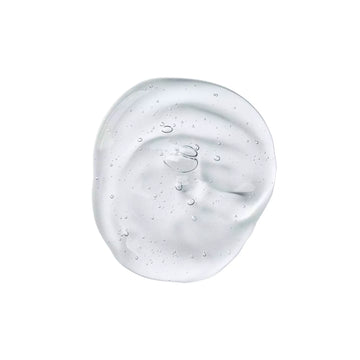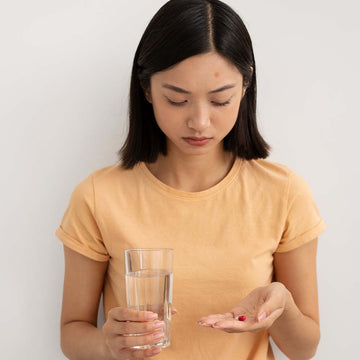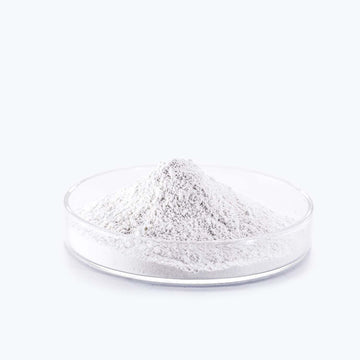Acne, a widespread skin condition, poses significant challenges for millions globally. Despite the array of treatments available, one ingredient has been gaining notable attention for its efficacy in addressing acne: niacinamide. We examine the many advantages of niacinamide and its critical function in treating acne in this in-depth guide.
1.Understanding Niacinamide
Niacinamide, also referred to as vitamin B3, stands as a water-soluble vitamin renowned for its pivotal role in maintaining skin health. Its versatility stems from a rich array of properties that render it particularly effective in addressing various skin concerns, notably acne.
2.Properties of Niacinamide
Among the many remarkable qualities of niacinamide are its strong anti-inflammatory and antioxidant capabilities. These properties form the cornerstone of its efficacy in combating acne and promoting overall skin wellness.
Benefits of Niacinamide
The benefits of incorporating niacinamide into acne treatment regimens are manifold, owing to its diverse array of properties.
a.Anti-inflammatory
Niacinamide exerts soothing effects on inflamed skin, significantly reducing redness and discomfort associated with acne.
b.Antioxidant
By combating oxidative stress, niacinamide shields the skin from environmental aggressors, fostering a healthy and resilient skin barrier.
c.Regulation of Sebum Production
Niacinamide plays a crucial role in balancing sebum production, thereby mitigating excess oiliness that can contribute to acne formation.
3.Incorporating Niacinamide
Integrating niacinamide into one's skincare routine is a straightforward and rewarding endeavor.
a.Skincare Products
Niacinamide finds its way into an array of skincare formulations, including serums, moisturizers, and spot treatments tailored specifically for acne-prone skin.
b.Application
The application of niacinamide products is uncomplicated—simply dispense a modest amount onto cleansed skin, focusing on areas prone to acne breakouts. For optimal results, adhere to a consistent application routine.
c.Choosing the Right Products
Selecting suitable niacinamide products entails consideration of several factors, including concentration and formulation.
Concentration
Opt for niacinamide formulations featuring concentrations ranging from 2-5%, striking an optimal balance between efficacy and tolerability.
Formulation
Prioritize fragrance-free and non-comedogenic formulations to minimize the risk of pore congestion and adverse reactions, particularly for individuals with sensitive skin.
4.Side Effects and Precautions
While niacinamide is generally well-tolerated, exercising caution is prudent to mitigate the risk of potential side effects.
Patch Test
Before widespread application, conduct a patch test by applying a small amount of the product to a discrete area of skin and monitoring for any adverse reactions over a 24-hour period.
5.Myths and Facts
Dispelling prevalent misconceptions surrounding niacinamide is essential to underscore its efficacy and foster informed skincare choices.
6.Conclusion
In summary, niacinamide emerges as a potent ally in the battle against acne, owing to its multifaceted benefits and remarkable tolerability. By incorporating niacinamide products into daily skincare routines, individuals can effectively address acne concerns and nurture clearer, healthier skin.To know more click here.
Frequently Asked Questions (FAQs)
1.Is niacinamide suitable for all skin types?Yes, niacinamide is compatible with most skin types, including sensitive skin, when utilized in appropriate concentrations.
2.How long does it take to witness results with niacinamide?
Visible improvements in acne may manifest after several weeks of consistent niacinamide usage, although individual response rates may vary.
3.Can niacinamide be combined with other acne treatments?
Yes, niacinamide can be safely integrated with other acne treatments to augment efficacy without compromising tolerability.
4.Are there any potential side effects associated with niacinamide usage?
While uncommon, some individuals may experience mild side effects such as transient redness or irritation. Conducting a patch test prior to widespread application can help mitigate these risks.
5.Can niacinamide supplements be used as an alternative to topical formulations?
Niacinamide supplements are primarily indicated for addressing vitamin B3 deficiencies and should not be viewed as substitutes for topical niacinamide.





